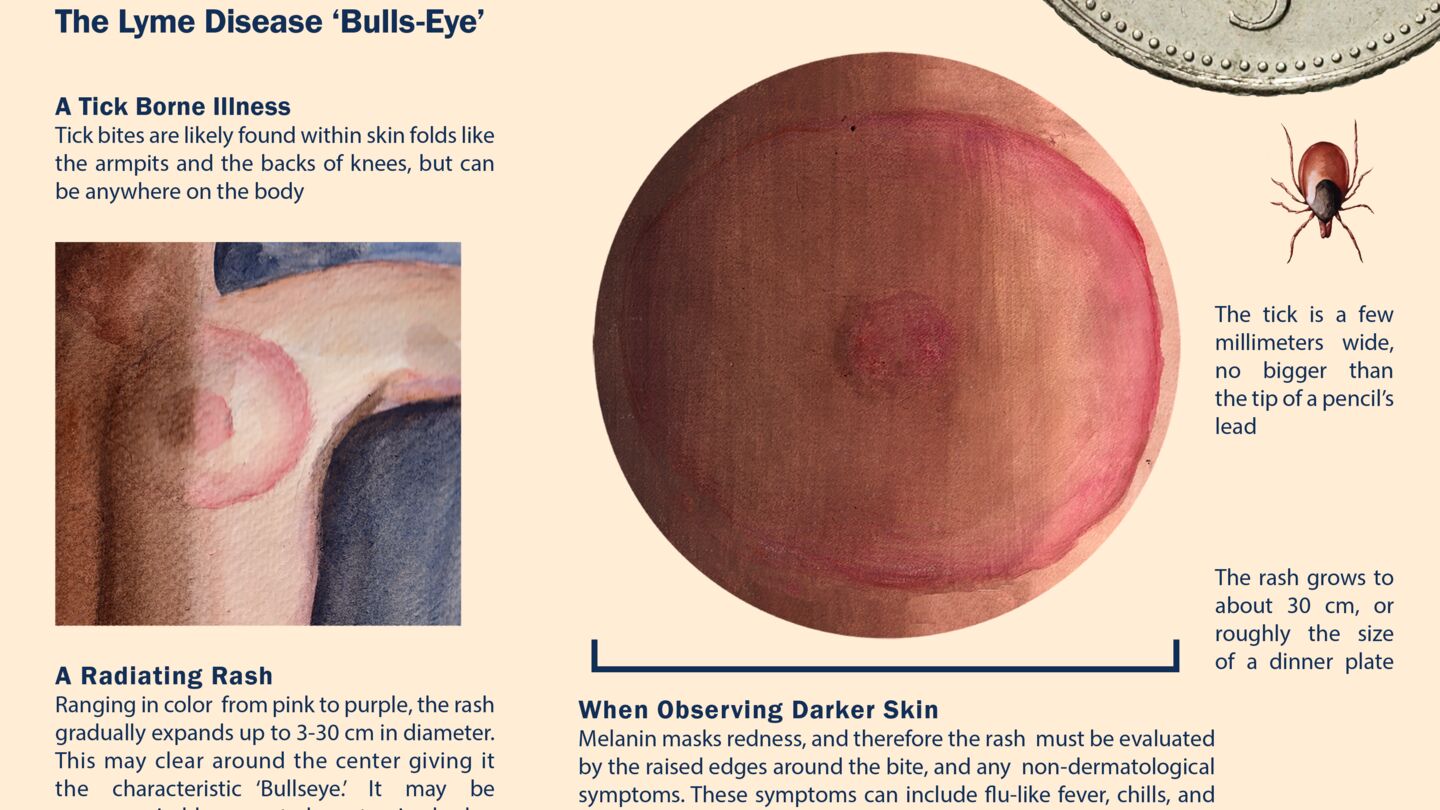Nicholas “Nikki” Ilic (They/Them)
Representation in Medical Illustration: the impact of model bias in dermatology
As greater attention is paid to representation and the 'decolonizing' of education and media, the field of medical illustration must stay current. Multiple previous studies have concluded that the majority of medical textbooks depict primarily 'default' young, white men. Many have expressed that this lack of representation resulted in feelings of alienation; others posited it is a contributing factor for the disparity of care for marginalised groups. This research took arguably the most identifiable feature, skin colour, to explore this disparity - the variation of dermatological symptom expression on melanin-dense skin for five conditions. To evaluate the impact of having a diverse range of models, a study was devised to demonstrate identification rates of melanin-dependent dermatological symptoms in a quantifiable manner. Participants were split into two groups and asked to review different skin conditions (Group-A receiving illustrations of homogeneous pale skin tones, and Group-B receiving illustrations depicting diverse skin tones) before identifying clinical photographs. While the group with a diverse reference pool performed marginally better overall, they performed better identifying specific conditions in which melanin levels impact the appearance of the condition. The full scale study is currently underway.
Names of Supervisors:
First Supervisor:
- Dr. Alan Prescott
Second Supervisor:
- Dr. Carolin Erolin
- Dr. Michael Peter
